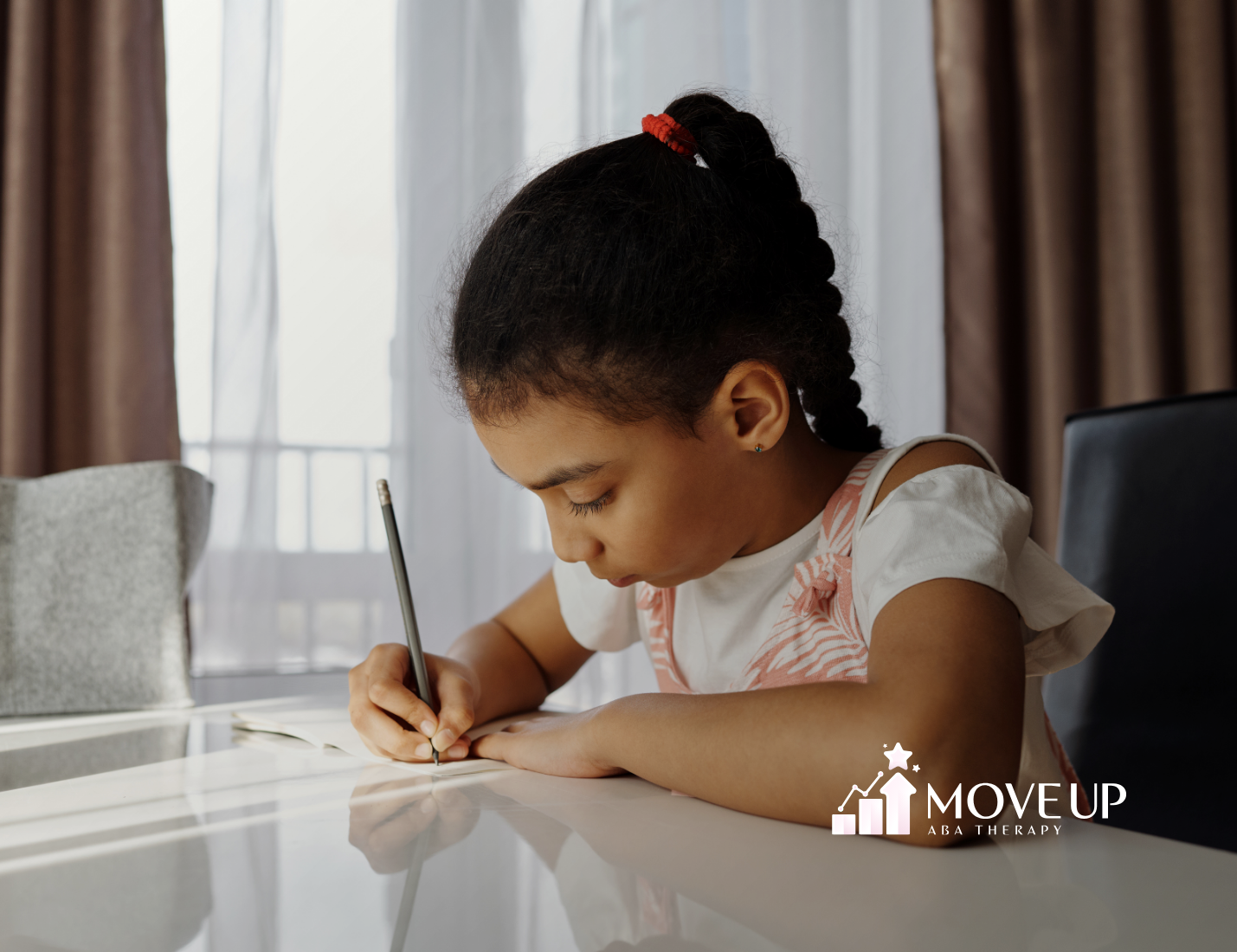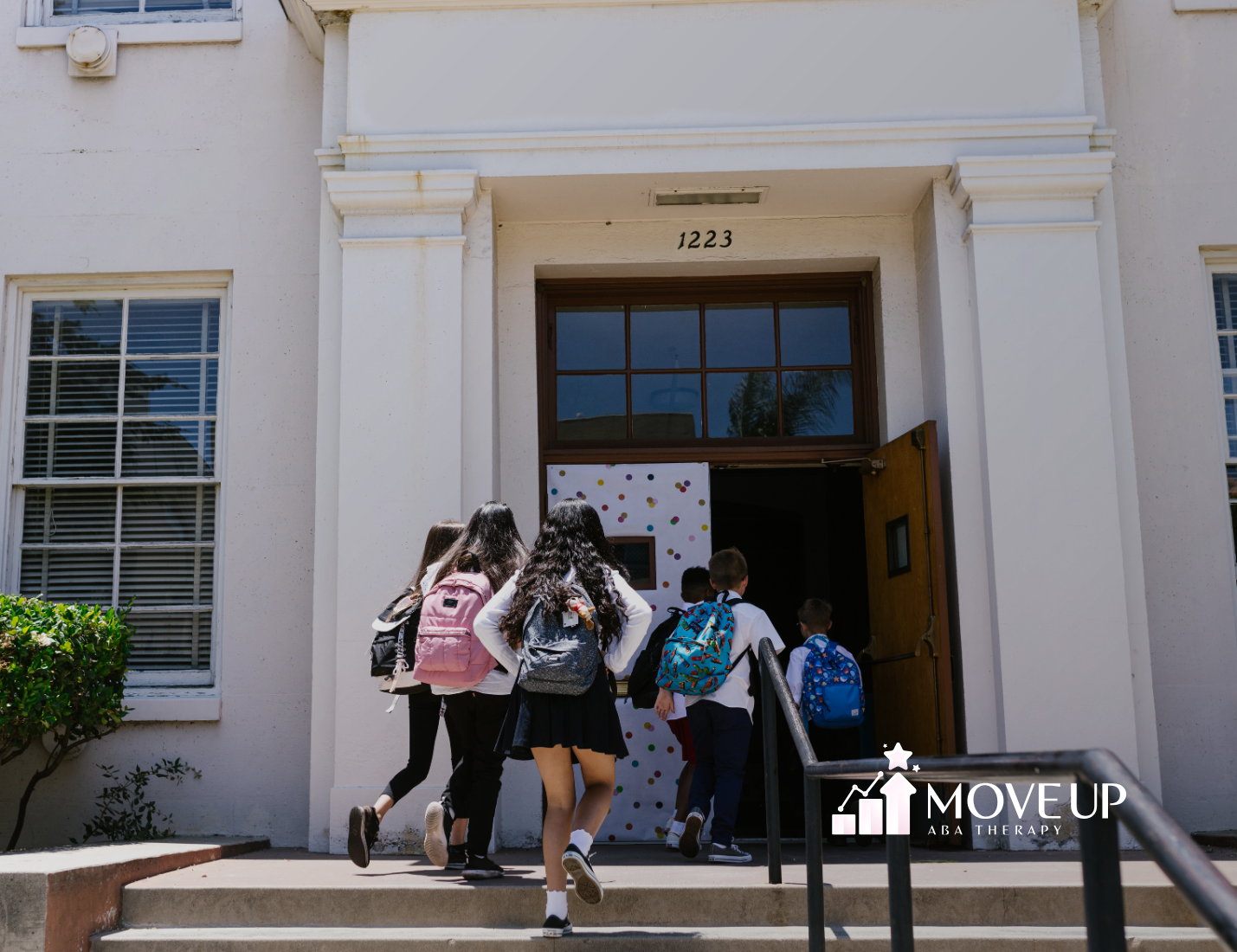No, not all autistic children are nonverbal. Autism is a spectrum, which means it affects individuals in many different ways, including how they communicate.
What Does “Nonverbal” Mean?
A nonverbal child with autism may not use spoken words to communicate. However, they might still communicate through:
- Gestures or facial expressions
- Picture exchange systems (PECS)
- Sign language or assistive devices
- Sounds, humming, or echolalia (repeating words or phrases)
How Many Autistic Children Are Nonverbal?
Studies estimate that about 25–30% of autistic children are minimally verbal or nonverbal. Many others may experience delayed speech or use language differently, but still develop verbal communication skills over time.
Can Nonverbal Children Learn to Communicate?
Yes. With the right support, including speech therapy and ABA therapy, many nonverbal or minimally verbal children learn to communicate in ways that work best for them.
At Move Up ABA, we tailor our therapy plans to each child’s communication style and needs, helping them build skills that support independence and expression, whether verbal or nonverbal.
Frequently Asked Questions
1. Can nonverbal autistic children eventually talk?
Some can. With therapy and support, many develop speech or alternative ways to communicate effectively.
2. Are there different levels of verbal ability in autism?
Yes. Some children are fully verbal, others use few words, and some rely on nonverbal methods.
3. How can I support a nonverbal autistic child?
Use visuals, simple gestures, and tools like AAC devices. Early intervention with ABA and speech therapy can be very helpful.
Sources:
- https://www.chop.edu/news/brain-imaging-shows-how-minimally-verbal-and-nonverbal-children-autism-have-slower-response
- https://nationalautismresources.com/the-picture-exchange-communication-system-pecs/







